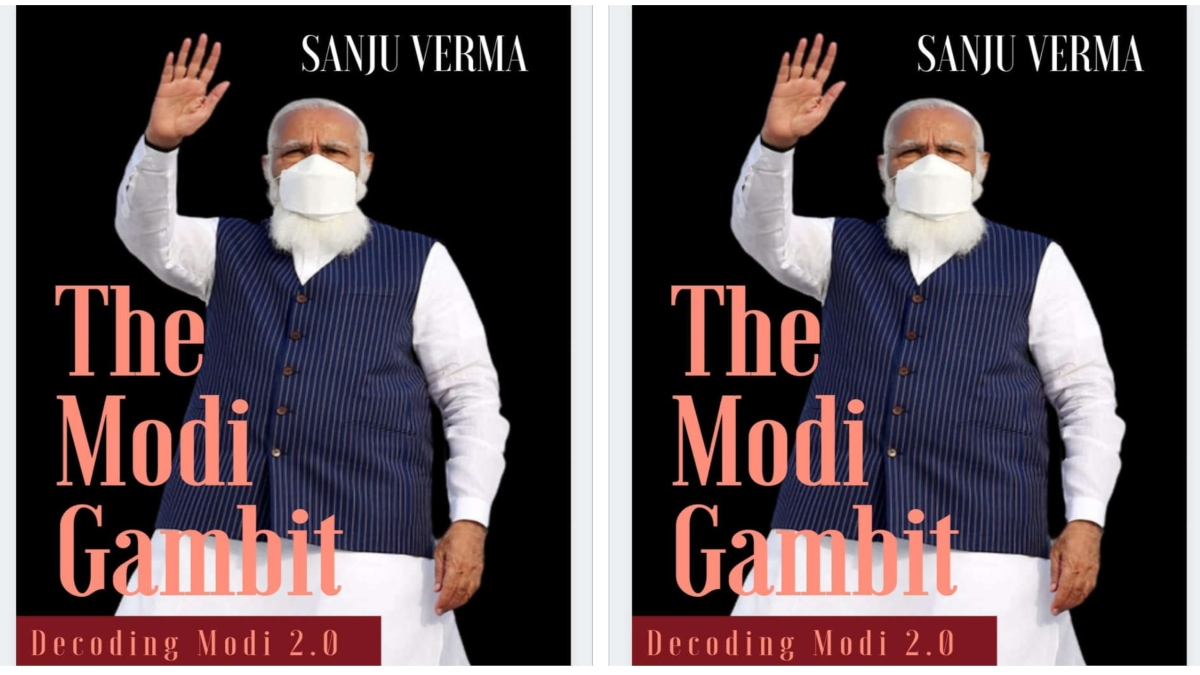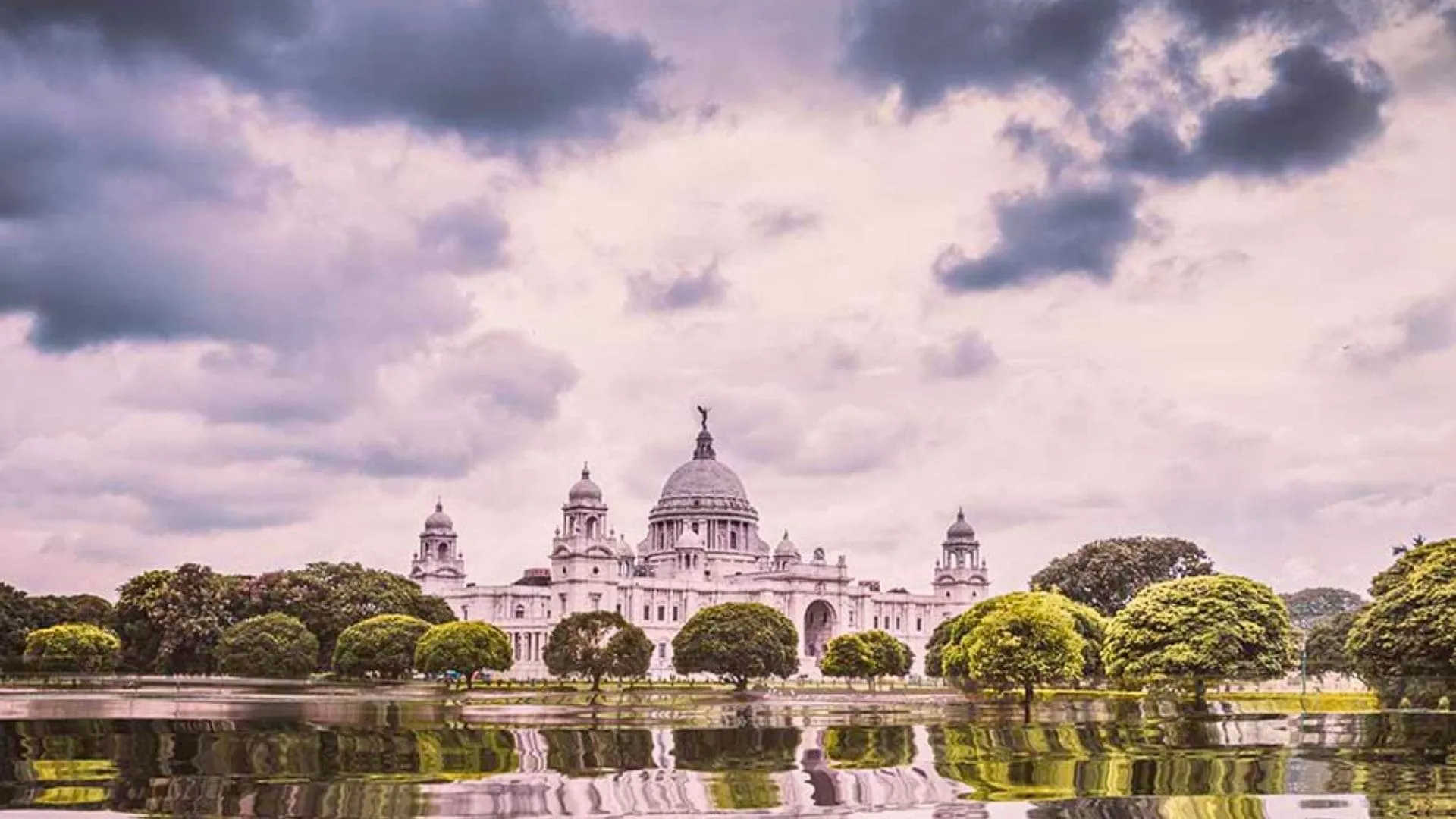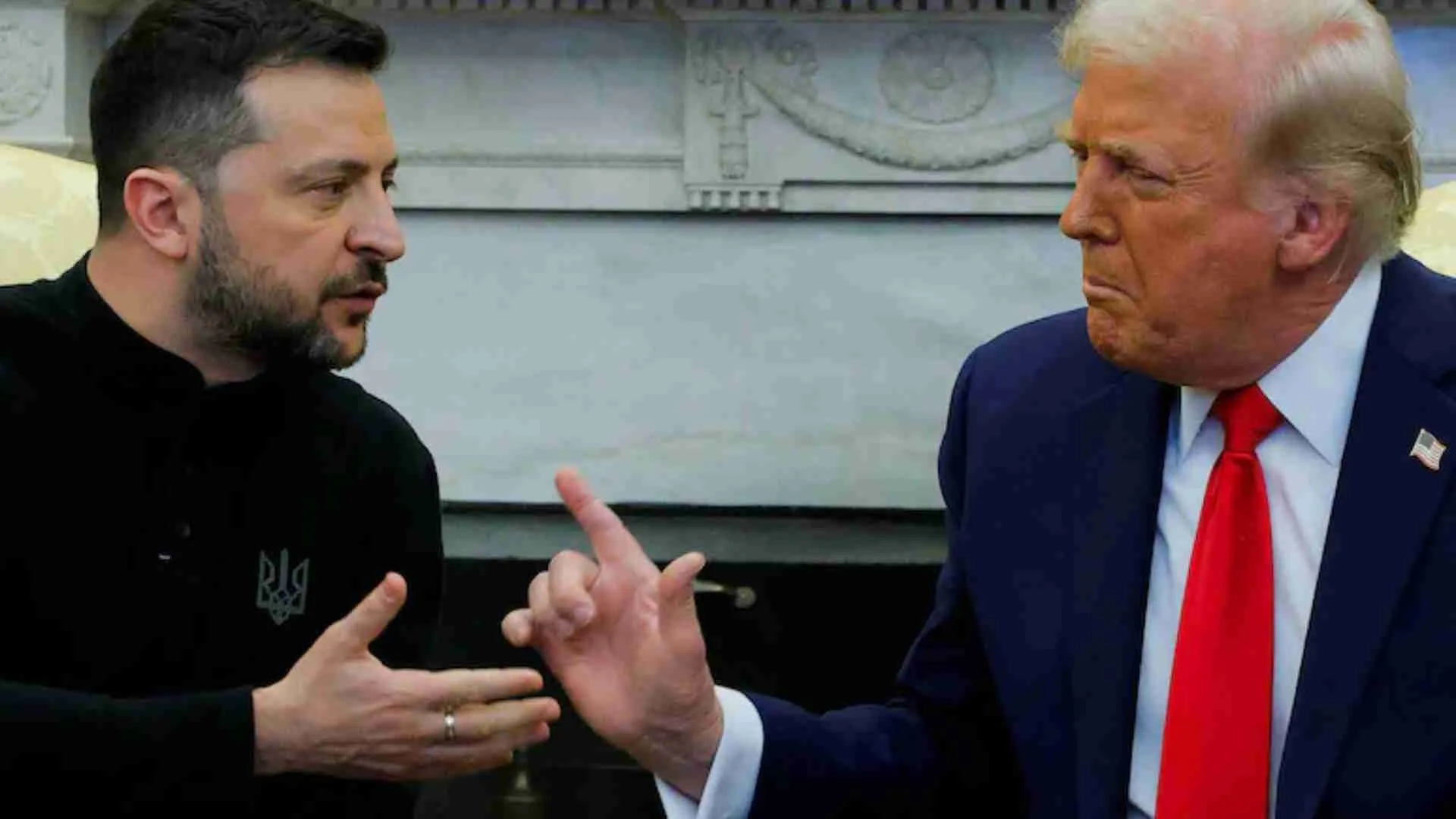Prime Minister Narendra Modi came to power in 2014 with an overwhelming majority. People voted him in with very high expectations of change and development which sixty-seven years of Independence had not yielded. And PM Modi and his NDA government delivered. Many Indians saw development – road connectivity, pucca housing, LPG cylinders, sanitation, electrification, and financial inclusion, come to their vicinity for the first time in their lifetimes.
The perceptible upliftment in citizens’ lives prompted them to vote PM Modi back in 2019 with an even larger majority. Citizens had embraced the change, especially the previously underserved – women and rural Indians. They perceived the lack of corruption in the Modi 1.0 regime. They appreciated his prioritizing execution of development, above all else. Several structural reforms of Modi 1.0 have positively impacted the economy. Demonetization has cleaned up the black money economy leading to increased tax collections and placing cronies under bankruptcy. The GST reforms have unified tax protocols and cleaned up the system. Despite the empty rhetoric of the Lutyens media that predicted PM Modi would lose badly, in 2019, citizens voted him back based on his strong performance record in the first term and expectations of continuity in the second.
Modi 2.0 started off with a strong impetus on continued development and empowerment. Access to clean water was one of the first priorities; the Jal Jeevan Mission was launched and has already impacted four crore households. Socio-political measures like the Citizenship Amendment Act and abrogation of Article 370 are addressing long-standing issues in India. From banning the instant triple talaq to putting the houses constructed under PM Awaas Yojana in the name of the woman of the house, women empowerment continues to be a major pillar of socio-economic development. Modi 2.0 was strongly following the PM’s vision of Modi 1.0 – that by August 2022 marking 75 years of the Republic of India, no Indian would be deprived of the necessities of life. India surpassed both France and the UK to become a Top 5 economy in 2020.
The Modi government has fared well on the inflation front, with average CPI rising 4.8% per annum against 7.8% during the first seven years of the Manmohan Singh government. The former performed better on the foreign exchange front too, with Forex reserves rising from $313 billion in May, 2014, to over $600 billion in June, 2021.
Today, India hosts the third-largest startup ecosystem, after the US and China. From around 24,927 companies recognized as startups in November 2019 by the Department for Promotion of Industry and Internal Trade (DPIIT), the number has risen to 50,000 startups in June 2021. The Modi government’s flagship scheme to promote the Indian startup ecosystem, namely Startup India, has witnessed a 100%+ growth in the number of government-recognized startups in the Modi 2.0 era. With over 26 startups being recognized by the government every day, New India is rapidly growing as a startup hub; commendable, given that the Startup India initiative was launched only as recently as January 2016.
DPIIT’s Vision document of 50,000 new startups, 20 lakh direct and indirect jobs by 2024 along with 500 new incubators and accelerators, 100 innovation zones in urban local bodies and seven research parks to help startups, is certainly on track. The SIDBI Fund-of-Funds (FoF) does not invest directly into startups but offers capital to SEBI registered Alternative Investment Funds (AIFs) as daughter funds, who in turn fund startups through equity and equity-linked instruments. Out of the existing Rs 10,000 crore FoF, as of February 18, 2020, SIDBI had committed Rs 3123.20 crore to 47 AIFs. These AIFs have invested Rs 3378.47 crore into 320 startups, out of which Rs 912.91 crore was drawn from the FoF. This is a great start towards channeling domestic capital into India’s accelerating startup ecosystem.
On the food and agriculture front, the Modi government broke all records with respect to foodgrain production, with 300 plus million tonnes of output in FY21 – a first in over seven decades. In the meantime, policy makers are working overtime to boost demand, support MSMEs and invest more in health, agri-infrastructure and the rural economy. These initiatives will augment productive employment and work towards increasing incomes across India.
Amid this unprecedented development trajectory in Modi 2.0, the Covid-19 pandemic struck. Lives and livelihoods were at stake at a level unheard of in our lifetimes. The Modi government was under tremendous stress to save both – lives and livelihoods. It took a courageous decision to enter a nationwide lockdown to prevent large-scale losses and buy the time to set up the necessary infrastructure. The production of critical items like PPE, ventilators and masks were ramped up from near-zero to near-export-surplus levels in a matter of months. A Rs 30 lakh crore relief package (Central government’s stimulus plus RBI’s stimulus) consisting of a slew of fiscal and monetary measures was launched. Atma Nirbhar Bharat – the vision of a self-reliant India was launched after decades of Independence, along with an imperative to spur local manufacturing with a Vocal for Local flavour.
The second wave of Covid-19 this year has been devastating for every major country. In any country, capacity and infrastructure will always be unprepared for peak stress events such as this unprecedented pandemic. Any other leader would have thrown in the towel. But PM Modi showed extraordinary grit. The Modi government has been taking all possible actions, including launching one of the world’s fastest and largest vaccination programs. Over a billion doses were administered by October21, 2021, with a goal of vaccinating the entire adult population by the end of the year. Meanwhile, foreign policy efforts continue to successfully place India as a top, strategic ally beyond the neighbourhood.
Sanju Verma has been a keen observer of the social, political and economic changes propagated during both the Modi 1.0 and Modi 2.0 regimes. Her previous book “Truth & Dare – The Modi Dynamic” is a detailed chronicle of the Modi 1.0 era where she bases her observations and conclusions on data and facts. Sanju has made a stellar contribution with this new book as well; factual and based on data, not conjecture. It is a must read for anyone who seeks to understand the detailed strategies and vision behind PM Modi’s measures, and the impact of governance on the socio-economic development of 1.38 billion people. India requires more chronicles like this one so that citizens can track the progress of the economy and society.
T.V. Mohandas Pai is Chairman, Aarin Capital.
A SYNOPSIS
This book talks at length about various milestones achieved in last two years of Prime Minister Narendra Modi’s remarkable second term at the helm.Path breaking reforms like labour code, banking consolidation,denationalisation of coal, making of a V-shaped recovery the PLI scheme, eRUPI, Gatishakti Masterplan, privatization of Air India, unrelenting fight against Covid and of course, historic milestone of crossing a billion doses under world’s largest vaccination drive, reflect PM Modi’s resolute determination.
Abrogation of Article 370,Ram Mandir verdict, banning instant triple talaq, QUAD summit, victories in Bihar & Assam, massive seat-share rise in West Bengal, National Education Policy and of course, PM Modi’s massive contribution to climate justice have been discussed threadbare.
The Congress Party ruled India for decades together but even basics like toilets, sanitation facilities uninterrupted electricity and access to banking facilities remained a mirage. Prime Minister Modi’s biggest legacy is the incorruptible nature of his government where tolerance for corruption is zero.
Introduction of the book has been written by one of the tallest leaders in the Bharatiya Janata Party (BJP), B.L.Santhosh who is the National General Secretary (Organization) of the BJP. Foreword has been written by the erudite Padma Shri Mohandas Pai while Afterword has been written by ace journalist, Anand Narasimhan Managing Editor at CNN News 18. The book has some very interesting takes on Modi 2.0 by Padma Shri, Dr. Sanjeev Bagai and one of India’s most reputed wealth managers Porinju Veliyath, who also shares his insights on PM Modi’s path breaking work. Apart from the fearless journalist and now entrepreneur Rohan Dua testimonials from Padma Bhushan Dr. Devi Prasad Shetty and Ashish Chauhan CEO of Bombay Stock Exchange are worth a read and endorse the brilliant work done by the author Sanju Verma in capturing every mega achievement of Modi 2.0.




















